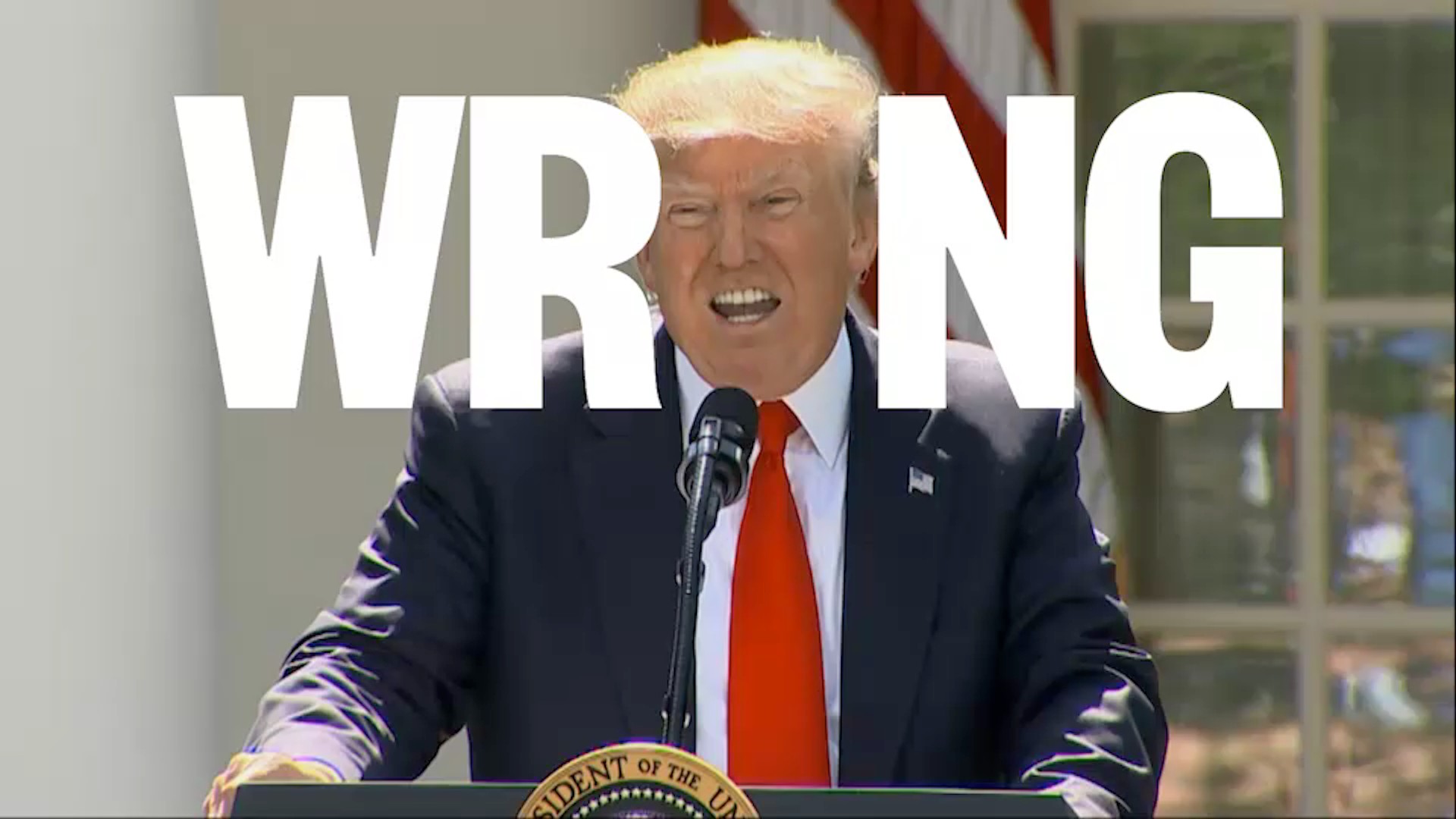China published more scientific papers than the U.S. in 2016, a sign, researchers say, of China’s remarkable growth in the field and the latest indication that it could soon outpace the U.S. in scientific achievements.These findings come from the National Science Foundation’s biennial Science and Engineering Indicators report, which tracks the U.S.’s rank among other countries in terms of its contribution to the sciences.“This year's report shows a trend that the U.S. still leads by many S&T [science and technology] measures, but that our lead is decreasing in certain areas that are important to our country," Maria Zuber, NSB Chair and Vice President for Research at the Massachusetts Institute of Technology, said in a statement."That trend raises concerns about impacts on our economy and workforce, and has implications for our national security. From gene editing to artificial intelligence, scientific advancements come with inherent risks. And it's critical that we stay at the forefront of science to mitigate those risks."China published more than 426,000 studies in 2016 compared to the U.S., which published about 409,000. China’s contributions comprised about a fifth of all the documented studies in Elsevier’s Scopus database, which tracks peer-reviewed studies.Despite China’s rapid advancements in the field of science and technology, the U.S. remains the global leader, according to the report.The U.S. leads the world in spending on science, shelling out $496 billion for research and development in 2015, a 26 percent share of the global total. But China is in a close second, at $408 billion, at its spending on research has increased an average of 18 percent annually since 2000, according to the report.The U.S.’s spending on science, as a share of its gross domestic product, however, plateaued between 2014 to 2015."We risk the continued success of the American enterprise if we fail to adopt policies that reinforce this boundless triad of opportunity. It is time to reverse the declining trend in federal research support and re-invigorate American innovation," said Vinton Cerf, NSB member and Vice President and Chief Internet Evangelist at Google.The U.S. also brings in the most cash from its scientific advances, raking in $122 billion in 2016 from exported patents alone.The report, Science and Engineering Indicators, published every two years, comes at a moment of uncertainty over the state of science in the U.S. Federal share of funding for research has been declining over the last few decades. The government was once the primary funder of research: It funded 67 percent of all research in 1964. That number hit a historic low in 2015, funding 24 percent of the U.S. total, according to the report.Cover image: Research scientist Dan Galperin works on Purified Recombinant Zika Enveloped Protein at his laboratory where they are working on developing a vaccine for the Zika virus based on production of recombinant variations of the E protein from the Zika virus at the Protein Sciences Inc. headquarters in Meriden, Connecticut, U.S., June 20, 2016. Picture taken June 20, 2016. REUTERS/Mike Segar
Advertisement
Advertisement
